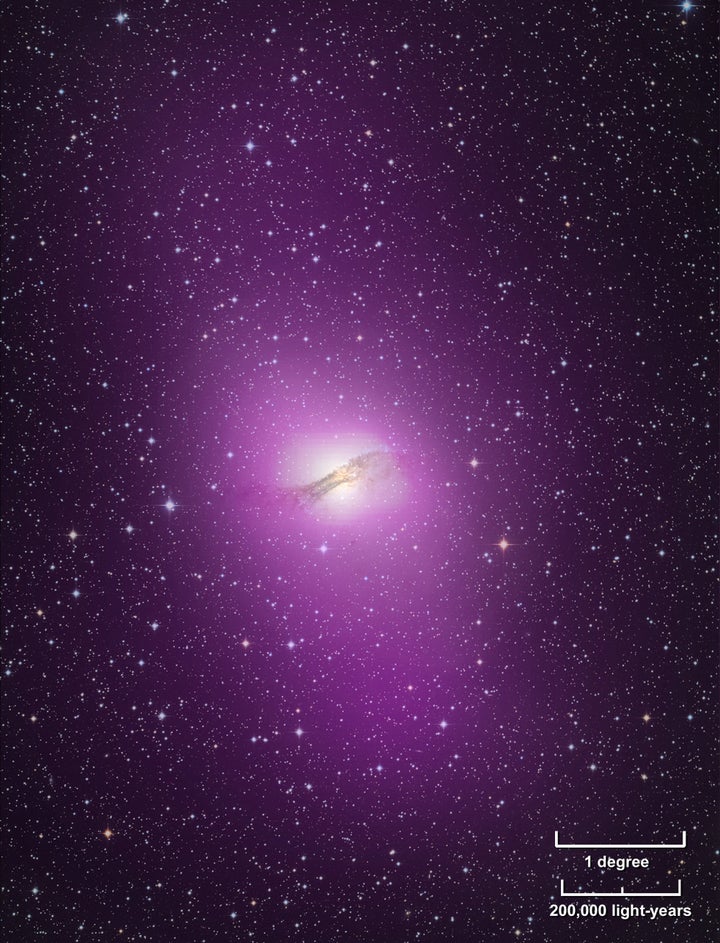
A couple of years ago, I was invited to a panel discussion at Columbia University on science and religion. Not having a background in science, I was a bit uncomfortable with participating, but the group organizing the event really wanted an Eastern/Hindu perspective on how science fits into the Hindu philosophy and tradition. Hesitatingly, I agreed.
Right before the event began, I approached the professor on the panel to say hello. We had met once before, and as I stretched out my hand for a shake I noticed a hesitation on his part in return. Frankly, he didn't look very happy to see me, but I didn't make much of it. During the dialogue and discussion, I noticed he was very aggressive and took every opportunity to belittle all the aspects of spirituality and yoga, of which he had little or no knowledge about in the first place. I realized at that moment that there was a new breed of fanatics on the rise and this breed had nothing to do with religion.
I realized from this discussion that there is a more mature way to approach this dialogue, and in course of doing research for this dialogue, I discovered a wonderful synthesis between my faith and the cutting edge of science. It helped me to understand that science and spirituality aren't mutually exclusive. I also saw how much faith we place in the field of science and its theories.
Some would comment that faith is only necessary when it comes to matters of religion and that science is based on empirical evidence. Although this sounds nice, it's not 100 percent accurate. For example, we all believe in the existence of the atom. But how many people on the planet have actually seen an atom with their own eyes? I'm not in any way denying the existence of the atom. Nor do I dis-believe the people who have measured its existence. The point made here is that we are placing faith in those who have done the experiment and we are accepting their results. The masses are placing faith in the few who have done the experiment.
Another item we place implicit faith in is the "Big Bang Theory," which tells us that the universe began 15-20 billion years ago from a single point. Who can prove to us the reality of a phenomena that took place tens of billions of years ago? There's no instant replay when we're dealing with life and time. We can't be shown what happened that far in the past. There may be some evidence and reason to believe that this is how it happened, but at the end of the day we can't know for sure and that's where faith comes in.
This video clip from the famous astronomer/cosmoslogist Carl Sagan reflects a similar line of thought.
In a recent article, in the U.S. News and World Report, physicist Roger Penrose theorized that the Big Bang might be one in a cycle of such events, suggesting that the universe has had multiple existences. This is common knowledge to one familiar with Vedic philosophy and cosmology, which very clearly indicates that the universe has had many births and deaths.
The centuries-old wisdom of the Vedic texts doesn't stop there. They claim that our universe is just one of many universes, a concept entertained by modern science and referred to as "the multiverse theory." The description given is that our universe is one mustard seed in a bag full of a practically uncountable number of mustard seeds. This concept is toyed with in famous Hollywood movies such as "Contact" and "Men In Black."
In the West, Einstein is credited with the Theory of Relativity. However, one might be quite surprised to learn that there are multiple examples of it in the Puranic texts of India. Einstein's hypothetical experiment known as the "twin paradox" suggests that if one of a pair of twins travels to outer space at high speed, while the other remains on earth, when the space traveling twin returns, he will be younger than his counterpart on earth. The following passages from the Bhagavat Purana communicates the relativity of time:
"... One's life endures for only one hundred years, in terms of the times in the different planets... Eternal time is certainly the controller of different dimensions, from that of the atom up to the super-divisions of the duration of Brahmā's life; but, nevertheless, it is controlled by the Supreme. Time can control only those who are body conscious, even up to the Satyaloka or the other higher planets of the universe."
There is also a story from the Puranas which parallels Einstein's hypothetical experiment. A yogi, upon exiting the earthly realm for the higher planetary realms, was informed by the inhabitants of these higher realms that millions of years had instantly passed on Earth in the mere moments since he had entered the higher realms. They also told him that all of his relatives and everyone he had ever known was deceased. We can pass this off as myth or fable, but one should ponder how these texts of ancient India are coming up with concepts that are so close to modern scientific theories.
There is a wonderful synergy between science and spirituality within the Vedic tradition, and I don't believe there is a real border dividing them. It's all just wisdom and knowledge, which is what the term Veda means. These are all truths that are meant to inform us of the world and universe we inhabit so that we can understand our place in it. These truths help us to ultimately transcend the realm of matter, shed the material body we inhabit and endeavor to re-enter the spiritual realm.
